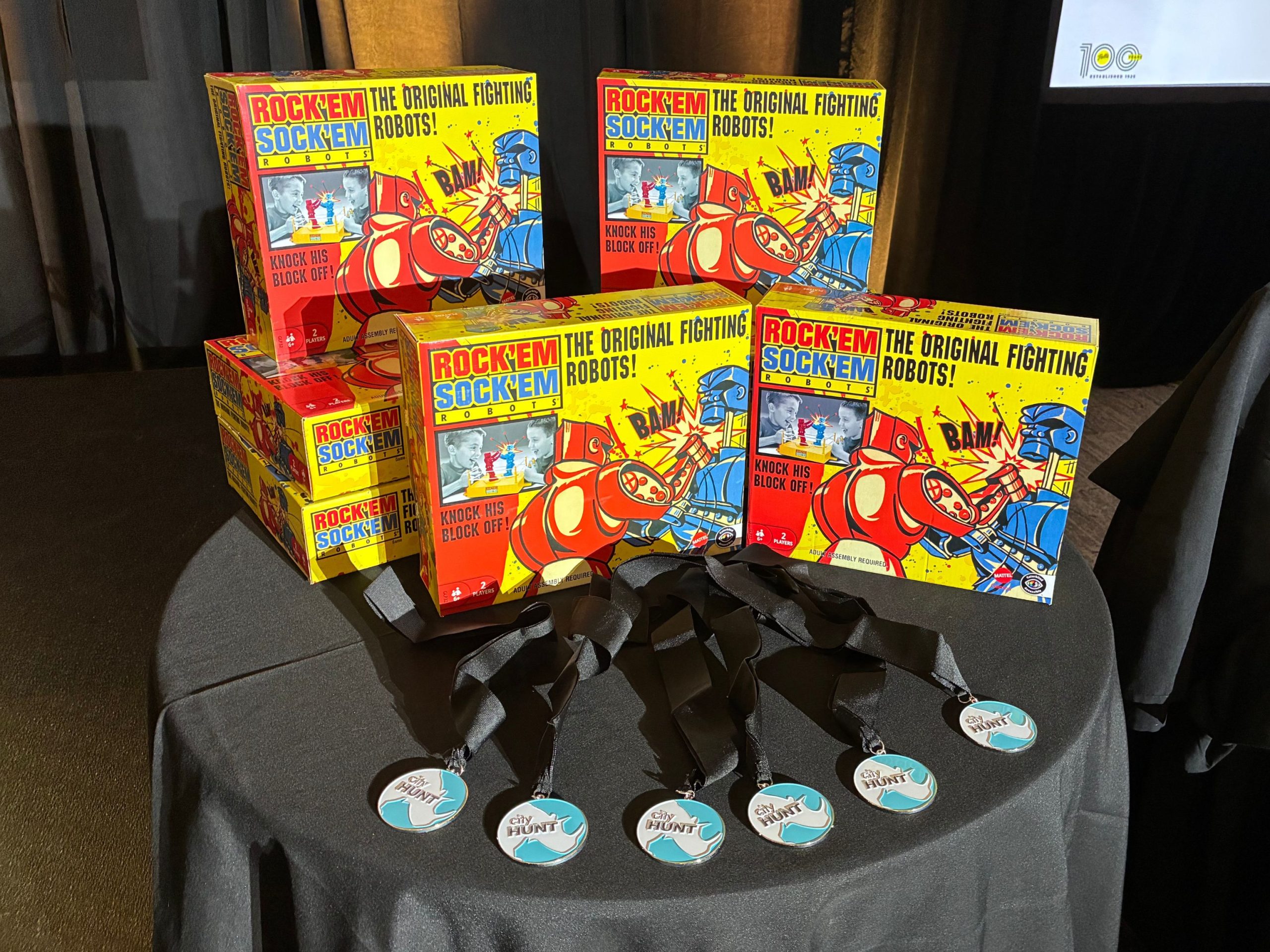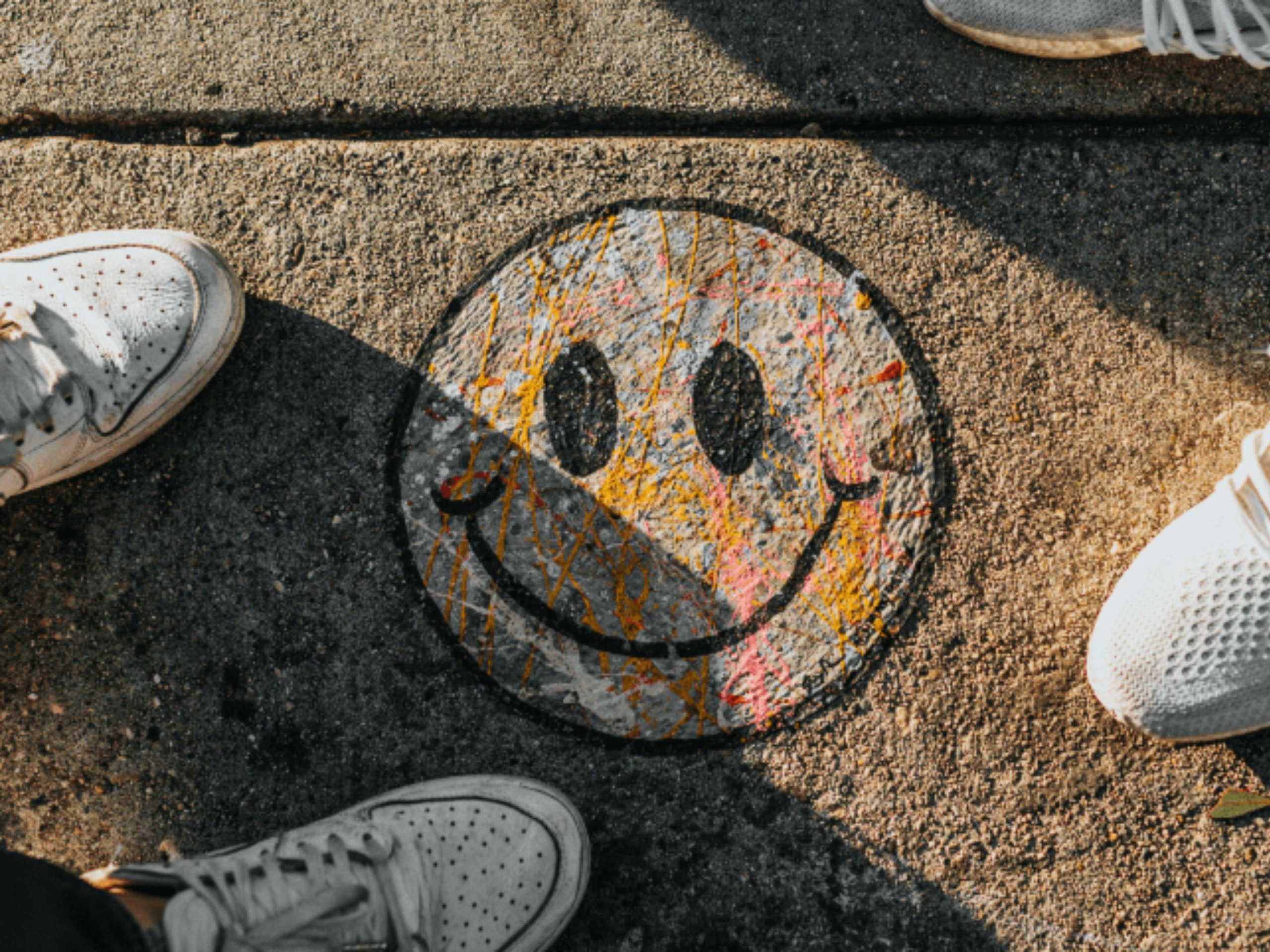When I started cityHUNT over 20 years ago, I was obsessed with a question: How do we help people reconnect—with themselves, with each other, and with the world around them—through something as simple as play?
Inspired by Mihaly Csikszentmihalyi’s work on flow theory, I wanted to bring the magic of immersive, joyful moments into corporate environments that too often forget the value of laughter and creativity.
My co-founder and I constantly tweaked the game mechanics around the principles of flow, trying to create experiences that would be meaningful and transformative.
What began as a simple idea has evolved into something that drives everything else I do—from nonprofit work to my upcoming book.
Table of Contents
Our Mission: Positively Impacting Companies
At its heart, cityHUNT is about positively impacting companies.
We aim to help organizations through our unique team-building experiences. The more people we can reach and introduce to cityHUNT, the further our mission spreads.
This isn’t just about business growth; it’s about creating more abundance that, in turn, helps us fund other events and projects aimed at making a positive difference.
The Three Pillars: Playfulness, Connection, and Flow
Our experiences are built around three core principles.
Playfulness
As humans, we naturally play as children, just as animals do.
But we often forget how to play as we get older, even though it’s one of the best paths to joy and bliss.
At cityHUNT, we create space for adults to reconnect with that childlike playfulness.
Play doesn’t need an end result; the play itself is the point. This contrasts with the productivity-focused mindset many of us develop.
Ironically, when we make space for play, our ability to produce actually blossoms rather than narrows.
Connection
Our second pillar is about fostering meaningful connections.
I’ve come to understand connection as a three-layered concept:
- Connection with oneself
- Connection with other people
- Connection with nature and the world around us
These connections work like a pyramid. You need to build that inner work first so that you can truly connect with others without needing anything from them.
When you’re fulfilled within yourself, you can connect with others from a place of openness rather than manipulation or coercion.
At cityHUNT, we create opportunities for all these levels of connection, but especially focus on human-to-human interaction.
While you can have fun by yourself, playfulness is typically a shared experience that strengthens bonds between people.
Flow
Flow occurs when people engage in activities that are challenging enough to be interesting but not so difficult that they become frustrating.
We design tasks to hit this sweet spot for different personality types.
Mihaly Csikszentmihalyi’s research on flow states was foundational to how we developed cityHUNT.
We wanted to create experiences where time seems to disappear and people become fully present in the moment. That’s when true transformation can happen.
I’m grateful for thinkers like Catherine Price, who has spoken deeply about the science of play, and Jamie Wheal from the Flow Genome Project, who’s expanded how we understand peak experience.
Their work continues to influence how we design our experiences.
Designing for All: Diversity as a Superpower
cityHUNT events are crafted to celebrate differences. Some people thrive in social challenges, others prefer mental puzzles.
We ask clients about their team dynamics upfront and design experiences that allow everyone—from the CEO to the quietest team member—to shine.
For extroverts, we include challenges like singing a song to a stranger or doing a TikTok dance.
For introverts who might enjoy solving puzzles, we include more cerebral challenges. This ensures everyone has their moment to shine.
I come from a theater background, so I think of our events almost like plays, where each person gets to be the star in their own way.
We create moments where different strengths are valued—a maintenance person might know something crucial that a CEO doesn’t, highlighting how everyone brings unique value.
Our teams are specifically designed to be four to six people.
It’s the magic number for team building—intimate enough to build real connections and big enough to harness diverse talents.
With fewer than four people, you lose the diversity of thought and skills needed to solve challenges effectively.
With more than six, some participants start to disengage or form smaller subgroups.
What Makes cityHUNT Different
Our approach isn’t about high-tech gamification for its own sake. In fact, only one person per team uses a device.
The rest is face-to-face, voice-to-voice.
Our job is to remove friction and invite people to be present. If we’ve done our job, they forget it’s a team-building exercise—they’re just laughing, solving, and seeing each other.
One thing we’ve mastered over 25 years is how to create team-building experiences for very large groups.
Once you get beyond 30-50 people, most team-building activities become unwieldy. But we’ve developed the expertise to run events for hundreds or even thousands of participants.
We’ve perfected the art of routing teams through geographical areas that are neither too small (where teams are on top of each other) nor too large (where it becomes physically exhausting).
We create an arc where everyone starts together as a large group, then breaks into small teams for intimate bonding experiences, and finally reunites to celebrate as a whole.
The Evolution of cityHUNT
The company has evolved significantly over the years.
When we started in 2000, we could only provide 10 clues because we only had 10 Polaroid pictures!
As technology advanced to digital cameras and eventually smartphones, we were able to scale and enhance the experience.
We were paper-and-pen for longer than we’ve been digital, which is amazing to think about.
Technology has helped us scale while staying true to our mission.
Having immediate feedback is a crucial part of flow, and as technology evolved from Polaroid cameras to digital cameras to smartphones, we’ve been able to provide better, more immediate feedback while still keeping the focus on human interaction.
What’s interesting is that we’ve used technology to connect people instead of allowing it to separate them.
We’ve harnessed technology to scale our experiences to thousands of participants without losing the personal touch.
Lessons from the Early Days
We didn’t get it right from day one. Early on, teams got lost, no one had cell phones, and we overcomplicated everything.
But the intention was always there: to make something beautiful happen when people come together to play.
Looking back, we made many mistakes.
We’d overthink everything—creating multiple variations of each clue (easy, medium, hard), adding complexities that didn’t enhance the user experience but just seemed “cool” to us as designers.
We had to learn through trial and error what actually worked.
Over time, I’ve spent considerable effort studying positive psychology, gamification, and mindfulness to refine our approach.
I started with gamification, then dove into positive psychology, and finally added mindfulness—realizing that participants could have moments of personal realization and self-reflection during our games, something I hadn’t initially thought possible.
Impact Beyond Participants
Our mission is to positively impact over a million people, and the math works out.
First, the game itself requires participants to interact with strangers—helping someone, opening a door, singing a song.
Then, participants share their positive experiences with family and friends. And those strangers who were impacted during the game also share their experiences.
It’s like ripples in water or the Big Bang—an initial positive interaction spreads outward exponentially. With technology and social sharing, the impact multiplies quickly.
We even have YouTube videos with over 100,000 views. When you think about it this way, reaching a million people isn’t that difficult in our connected world.
Conclusion
Everything I do—cityHUNT, my future book, the nonprofit work—rests on this foundation: abundance through connection.
cityHUNT is how we fund it all, but it’s also how we live our mission. We help people help themselves by creating spaces where joy and collaboration are possible.
In 2019, my perspective shifted significantly.
Before that, I spent most of my time working on external things and building material success.
But starting in 2019, I began focusing more on inner work and developing a new understanding of happiness and fulfillment.
I realized that all happiness comes from within. The external stuff is great, but when I lean into it too much, it causes suffering.
I also realized that no one can actually help me—they can only help me help myself. Similarly, I can’t directly help others—I can only help people help themselves.
This three-layered connection approach has transformed how I live and how I approach my business.
The inner work serves as the foundation, enabling me to better support my community and the larger world through cityHUNT and all my other endeavors.

